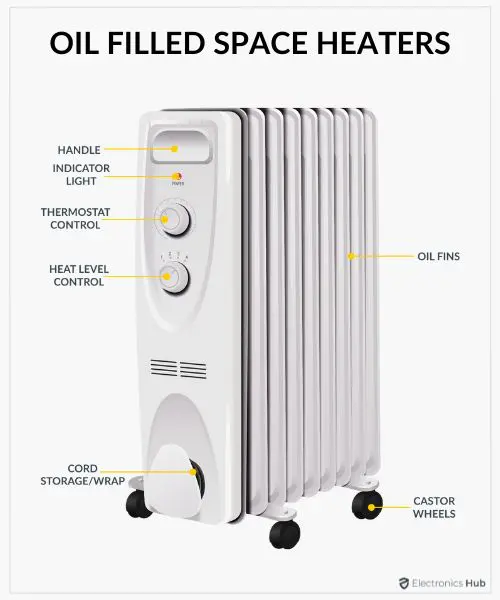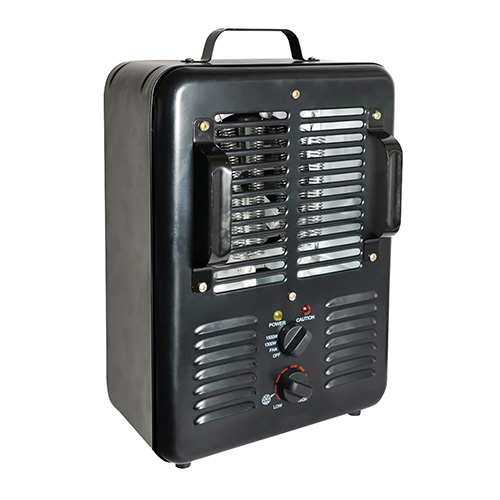Get This Report about 1 Source Portable Air
Get This Report about 1 Source Portable Air
Blog Article
Some Ideas on 1 Source Portable Air You Need To Know
Table of ContentsThe 1 Source Portable Air StatementsThe smart Trick of 1 Source Portable Air That Nobody is Discussing1 Source Portable Air for Beginners1 Source Portable Air - An Overview1 Source Portable Air Can Be Fun For Anyone
Running costs are based upon an electrical power cost of 40c/kWh. The costs for 3 months' use in wintertime are based upon 500 hours utilize, or roughly 6 hours each day for 3 months. Optimum heat result is based upon the optimum wattage of the versions we have actually checked (we concentrate on greater power level heating systems).
This depends upon what price you're looking at upfront acquisition, or running cost? Customarily, there are trade-offs with either selection. On standard, small follower heating units are much less costly to buy, however can have higher running prices. Oil column heating units will be the cheapest on the marketplace to run (generally) yet just by a narrow margin in advance of convection heating systems (like panel and micathermic panels).
4 Easy Facts About 1 Source Portable Air Described
If you have a relatively easy to fix ceiling fan, it'll assist disperse the warmth around the space a lot more evenly. A number of costly heating units have actually stopped working to impress our testers, while some less costly models make for remarkably good buys.
As the name suggests, they radiate warmth from a heated home heating component (so the family members will have to take turns sitting in front of it). There are floor and wall-mounted designs available. Glowing heaters are relatively cost-effective. They have a cosy glow and personal warming result, like being in front of a fire.
Radiant heaters generally set you back between $20 and $200. Oil-filled column heating units don't really melt oil they utilize power to warm the oil that's secured inside their columns or 'fins'.
1 Source Portable Air for Beginners
Some column heaters aren't even oil-filled yet rather use other product or heating technology to work similarly - 1 Source Portable Air. The threat of fire with an oil column heating unit is low compared to other heating system kinds, however never no. Oil heating systems do not have revealed aspects like radiant heating units do, and their surface area temperature is less than lots of other heater types (their huge surface location offsets it)
Oil column heating units won't explode, and while they don't melt their oil to produce warmth, it's still combustible, so there is a fire risk if the oil leaks, if the heating unit topple and leakages, or if flammable items or fabric come into contact or drop on the heating system. You should exercise the same degree of caution with oil heaters as for other heater types, and never hang towels or garments over one to completely dry them make use of a drying shelf instead, at the very least one visit the website metre away.
Column heating units are particularly helpful in rooms where they'll be switched on for long periods of time or where they'll run ignored, such as overnight in a room. The surface areas you're likely to touch on a column heating unit don't obtain as hot as various other kinds of electrical heating units. You can make use of a ceiling fan on really low speed to help the column heater to distribute the warm much faster and extra evenly.
Oil-filled column heating units usually cost between $50 and $450. Convection and panel heaters attract chilly air over an electric home heating aspect.
1 Source Portable Air Fundamentals Explained

Convection and panel heaters are more mobile than their oil-filled column heating system equivalents due to the fact that they're dramatically find this lighter. Like a column heater, you can make use of a ceiling fan on extremely reduced rate to distribute the heat much faster and a lot more evenly.

Getting The 1 Source Portable Air To Work
Follower heating systems are typically smaller sized and much more portable than various other electric heating systems. They likewise come in the kind of tower fan heaters, which can be much better for dispersing heat around bigger spaces as a result of wikipedia reference their taller account. They can heat up the air in an area more rapidly, equally and promptly than some other heating system types.
They can be fairly loud with the fan on complete power, though are generally fairly silent at lower fan speeds. Follower heaters (ceramic or otherwise) generally expense in between $60 and $900. Ceramic follower heating units aren't always any kind of various in cost to non-ceramic models. A relatively current participant right into the consumer market, infrared heating systems heat up the room like the sunlight heats your face (without the UV rays so no risk of skin cancer cells). 1 Source Portable Air.
Report this page